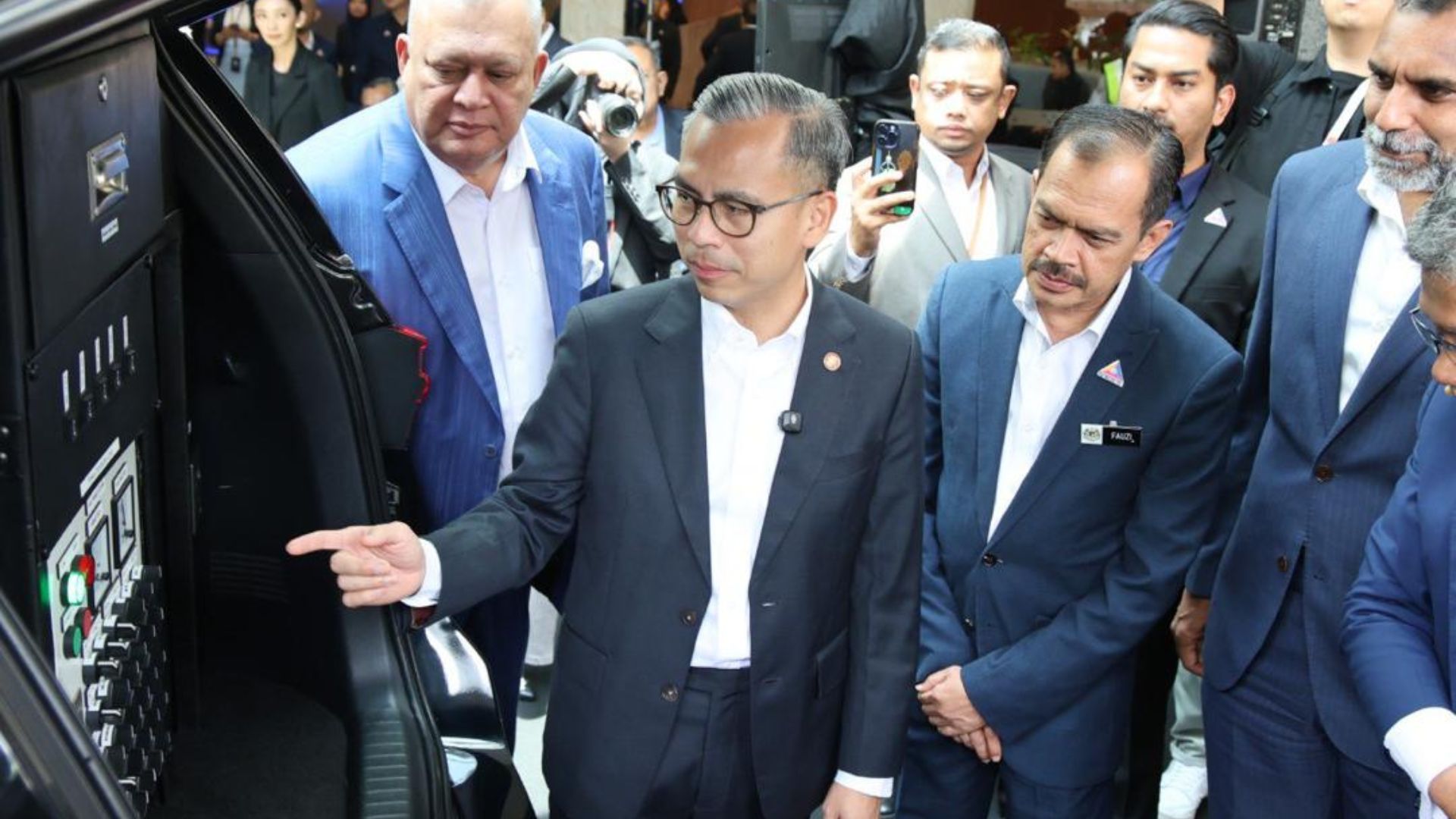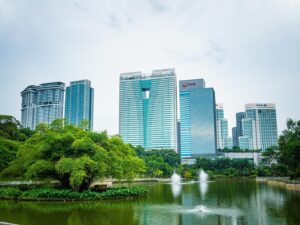When a storm is coming, the wise don’t wait to react—they prepare. Disasters are not just forces of nature; they are tests of our systems, coordination, and foresight. Malaysia has taken steps to improve disaster response with initiatives like the PRIME system, led by the Malaysian Communications and Multimedia Commission (MCMC). But when we look across the border to Thailand, there’s much we can learn—not just about responding faster, but about building systems that see danger before it arrives.
This isn’t about competition. It’s about clarity: What does smart disaster management look like in a country built on diverse terrains and decentralized governance? And what does it mean for Malaysia’s future—not just for government agencies, but also civil service, infrastructure operators, and enterprise-level responders?
A Look at Thailand: From Reaction to Intelligence
Thailand recently launched its Disaster and Emergency Situation Management Integration Center, an ambitious effort to centralise real-time data, satellite imagery, AI-driven risk analysis, and inter-agency coordination under one roof. The goal is to shift from reacting to disasters, to predicting and preparing for them—early, intelligently, and locally.
This is not just a national dashboard. Thailand is embedding disaster resilience into its digital infrastructure. AI models assess risks, satellite and drone data monitor changing landscapes, and local authorities are trained and empowered to act decisively—without having to wait for instructions from the capital.
Where Malaysia Stands: Coordination is Strengthening, but Predictive Readiness is Missing
Malaysia’s PRIME system, launched under MCMC, focuses on communication, coordination, and rapid response. This is an important step forward, especially in ensuring the right agencies talk to each other and that emergency information reaches the public quickly.
But we should also acknowledge the limitations. MCMC’s core strength lies in digital infrastructure and public communications, not in hazard forecasting, geospatial analytics, or emergency simulation training. PRIME is designed to improve how we respond once a disaster is unfolding—not necessarily how we predict or prevent it.
And that’s okay—if roles are clear. MCMC can build the digital backbone, but the real-time intelligence layer needs to come from agencies like MetMalaysia, NADMA, and local governments. Preparedness is not the job of one ministry—it’s a networked responsibility.
What Malaysia Should Learn from Thailand
✅ What We Should Start Doing
- Centralise Environmental and Risk Data
Combine flood models, landslide risk maps, weather feeds, and infrastructure data into a shared national intelligence platform. - Adopt Predictive Technologies
Use AI for flood prediction, satellite for terrain shifts, and automation for real-time alerts—starting with high-risk regions. - Empower Local Decision-Makers
Train and fund district-level authorities to make the first move when threats arise, using national data but acting on local conditions. - Simulate, Train, and Rehearse
Run cross-agency drills and integrate public participation. Preparedness is only real when it’s tested under pressure. - Build Disaster Literacy Across Communities
Make disaster understanding part of school curricula, workplace training, and community campaigns—not just Facebook posts during flood season.
❌ What We Should Avoid
- Don’t Centralise All Decision-Making
Top-down structures slow down action. Disaster readiness must be distributed. - Don’t Confuse Communications with Preparedness
Alert systems are vital—but they don’t replace the need for predictive modelling, scenario planning, and local readiness. - Don’t Treat Disasters as Rare Events
Just because Malaysia doesn’t face the same frequency as Thailand doesn’t mean we can be complacent. Climate change is shifting the baseline.
The Role of MCMC: Important, but Not the Whole Picture
To be fair, MCMC is not NADMA or MetMalaysia. It was never their job to model floods or map high-risk zones. Their involvement through PRIME is about building the digital infrastructure for coordination—and in that regard, they are playing a valuable role.
But disaster resilience cannot be digitised alone. We need ministries to align—not just plug into the same system, but share the same sense of urgency. Thailand’s success lies not just in tech, but in how it blends predictive intelligence with local execution.
Why This Matters to All of Us
Whether you’re in government, infrastructure, or enterprise, you are part of the disaster readiness chain. If your system goes down, someone else’s response slows. If your data isn’t shared, someone else operates in the dark. And if your teams don’t train for what’s coming, someone else pays the price.
Thailand is showing what readiness looks like in a connected, high-risk world. Malaysia has taken the first step—but we need to walk faster, smarter, and more collectively.






